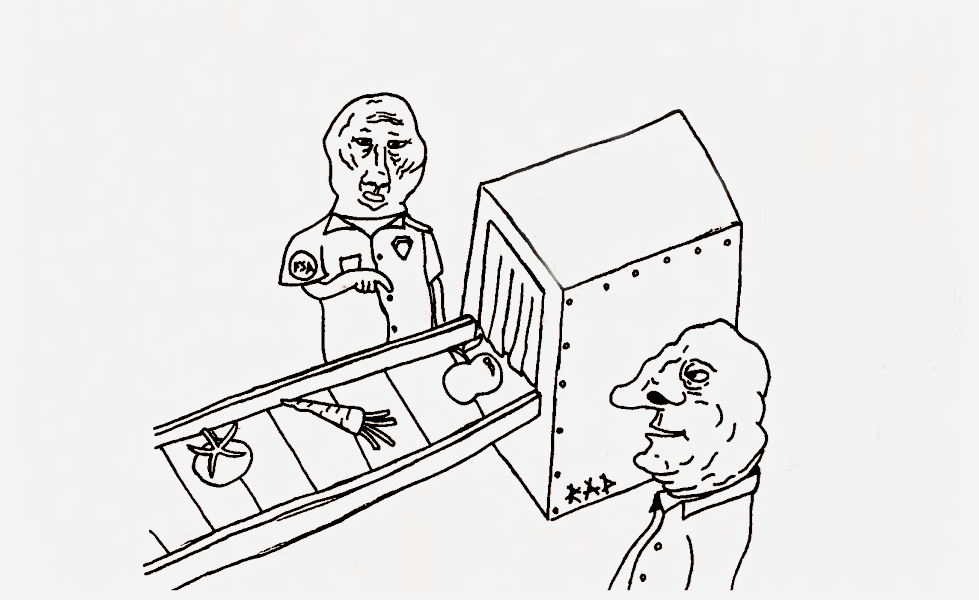How do we decide what to buy when we go grocery shopping? Why do we purchase the same items time and time again? Do we really choose our groceries, or do we pick what we buy based on habit alone?
Hiroshi Mamiya, a professor in McGill’s Department of Epidemiology, Biostatistics, and Occupational Health, is trying to answer these questions. In a paper recently published in the International Journal of Behavioral Nutrition and Physical Activity, Mamiya explored patterns of co-purchased foods in Montreal.
“When we buy food, we buy different foods together, and that’s important from a public health sense, because we want to know whether people are eating healthy food or not,” Mamiya explained in an interview with The Tribune.
Mamiya and his team analyzed anonymized grocery store loyalty card data from a single Montreal grocery store chain between 2015 and 2017, allowing them to identify which foods were most frequently purchased together.
“We found that sodas and salty snacks tend to be bought together. This is kind of common sense, because when we go to the store, they are always side by side, and intentionally lined up together to make us buy them,” Mamiya said.
Along with the co-purchasing of soda and salty snacks, they found that fruit is often purchased with foods such as yogurt and nuts, and that vegetables are often purchased with fresh or frozen fish.
“We used very sophisticated science to prove what everybody kind of knows, but someone has to prove these things empirically. Our project has a lot to do with confirming common sense using science,” Mamiya explained.
Their project also confirmed some widely held assumptions: People who buy soda tend to buy more unhealthy foods, including sweets, highly processed foods, red meat, and ready-made meals, as compared to people who do not buy soda.
In contrast, those who purchased fresh fruits and vegetables were more likely to have healthier diets overall, with fewer processed foods and more whole ingredients.
Having analyzed these findings, Mamiya is particularly interested in how these purchasing patterns may shift in response to the current food insecurity crisis.
“In the age of increasing food insecurity, we want to know if the rising prices of vegetables and other healthy foods will cause people to buy more junk foods,” Mamiya said. “Do people tend to buy junk food to get the same level of caloric intake? Whether people give up buying healthy food or not is what I think is probably important, because we want to help make sure people’s diets are not compromised because of the price of food.”
Government initiatives, such as taxes and subsidies, could help steer people toward healthier eating habits. By identifying which foods are commonly purchased together, policymakers can better determine which products to tax or subsidize to encourage nutritious diets.
Mamiya highlighted how these policies can help remind people of what they are buying.
“We don’t always know what we buy, because we kind of buy things almost as a habit, right? Even if prices increase, people still buy Pepsi and potato chips together. Everybody does it, it’s a habit,” Mamiya explained.Trying to break these ingrained purchasing habits and actively making more intentional food choices at the store can help improve our diet quality. Since nutrition plays a critical role in preventing many chronic health conditions, such as diabetes and cardiovascular diseases, being mindful of grocery shopping habits is a crucial step toward better health.









